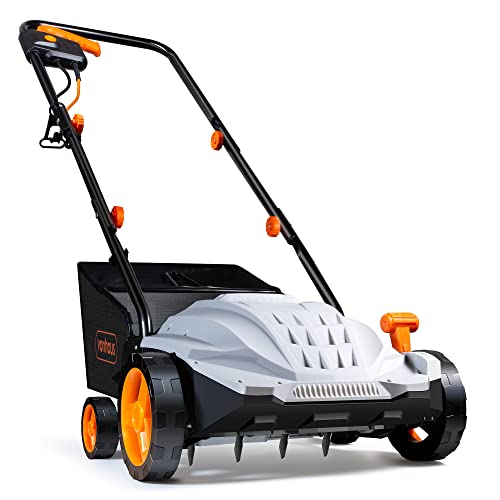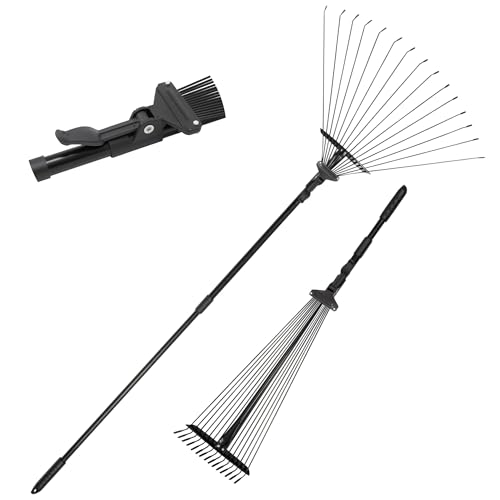When to scarify a lawn for thick, healthy grass – now's your final chance before next year
This is when you should – and shouldn't – be scheduling in the task
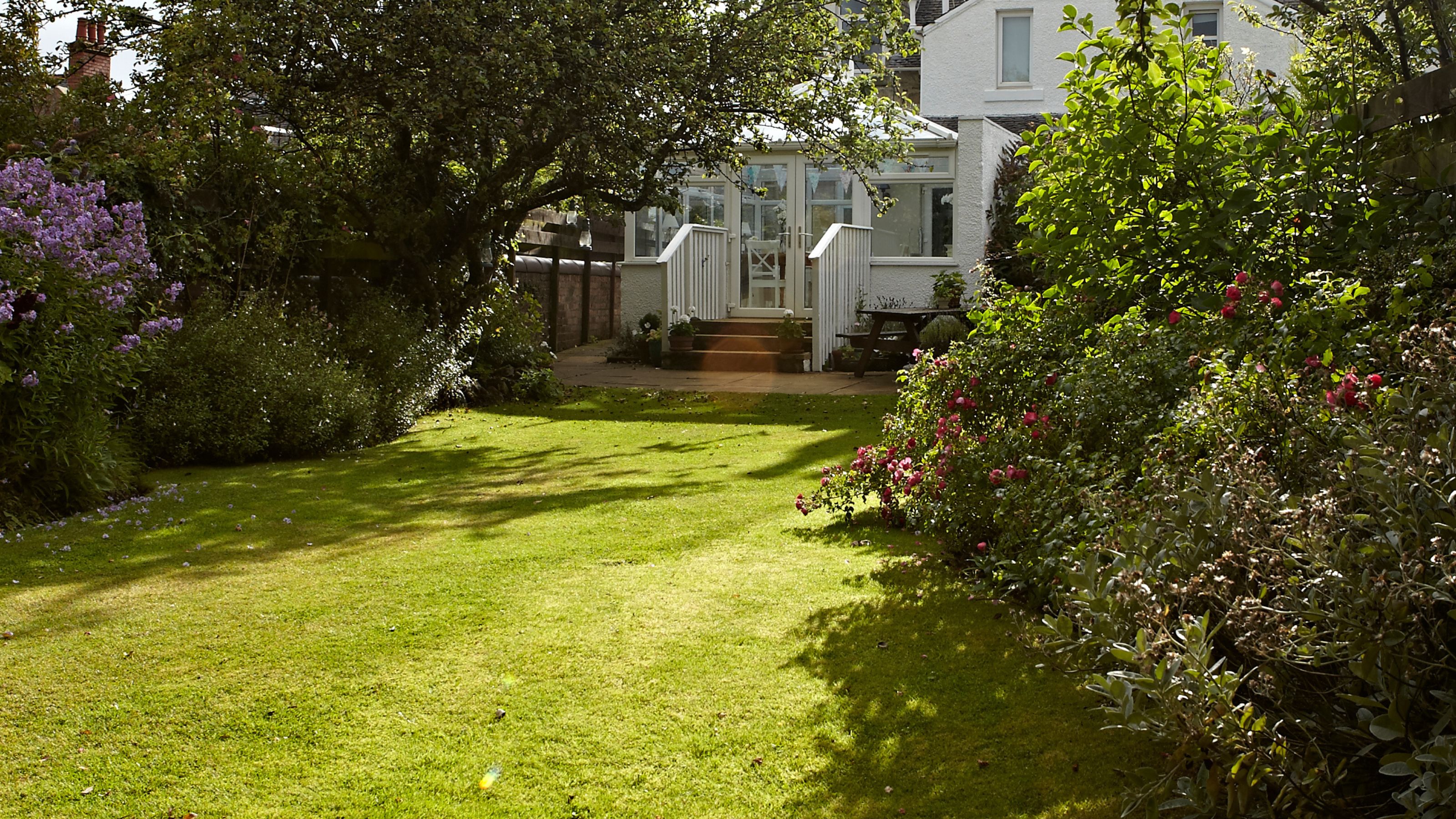
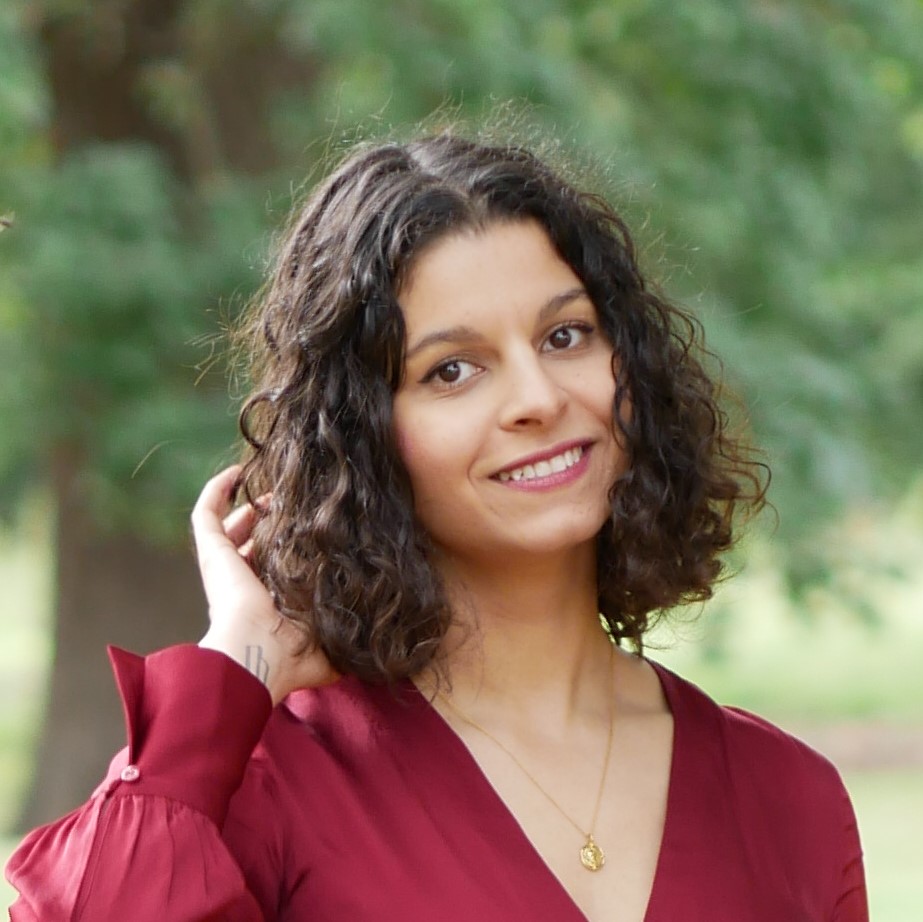
Sophie King
Scarifying a lawn is one of the most transformative lawn care tasks out there, but knowing when to scarify a lawn can mean the crucial difference between damage and success.
If you're wondering how to scarify a lawn, or what lawn scarifying is in the first place, you're not alone. Put simply, it's the process of removing dead thatch from your lawn, which is the brown material beneath the green grass of your lawn. The thatch is removed manually, using a rake or specialised scarifier.
While it might seem counter-productive, it actually gives your lawn the space to breathe and take in all the water and nutrients that the thatch might have otherwise blocked. For that reason, it's one of the best autumn lawn care tips to take on board.
But you'll need to time it right, because getting it wrong can lead to unnecessary lawn damage. So, we're focusing on when to scarify a lawn to help you achieve the best results.
When to scarify lawn

As with knowing when to aerate your lawn, choosing the right time of year to scarify it is very important. And according to lawn experts, two seasons fit the bill: spring and autumn.
‘Scarifying, also known as dethatching, is best done during the growing season when the grass is actively growing and recovering, and the recommended time to do it is typically in the spring or early fall,’ says Ionel Giuran, Fantastic Gardeners' lawn care expert.
Well, autumn's here, so it's the right season for it – but don't leave it too late.
Get the Ideal Home Newsletter
Sign up to our newsletter for style and decor inspiration, house makeovers, project advice and more.
'Scarifying removes dead grass, leaves and moss from your lawn surface but can also cause temporary damage, so you want the temperature to be warm enough for your lawn to recover,' explains Ben Agnew, grass expert at Lawnsmith.
For the best results, make sure you're scarifying your lawn no later than a few weeks before the first frost to give your grass time to heal before the cold weather sets in.

If you miss the window, wait until springtime. However, Steve Chilton, garden expert from LeisureBench, says that ideally, you should be scarifying your lawn in both autumn and spring.
‘You should really be scarifying a lawn in both spring and early autumn when the lawn is actively growing and can recover quickly,' he explains. 'In the spring (around April-time), you should be doing a light scarification. In autumn (around early September), you can scarify your lawn more heavily.'

Steve is a passionate and knowledgeable garden expert with several years of experience within the field. As the director of LeisureBench, an industry-leading garden furniture company, Steve has developed strong expertise for all things nature and plants.
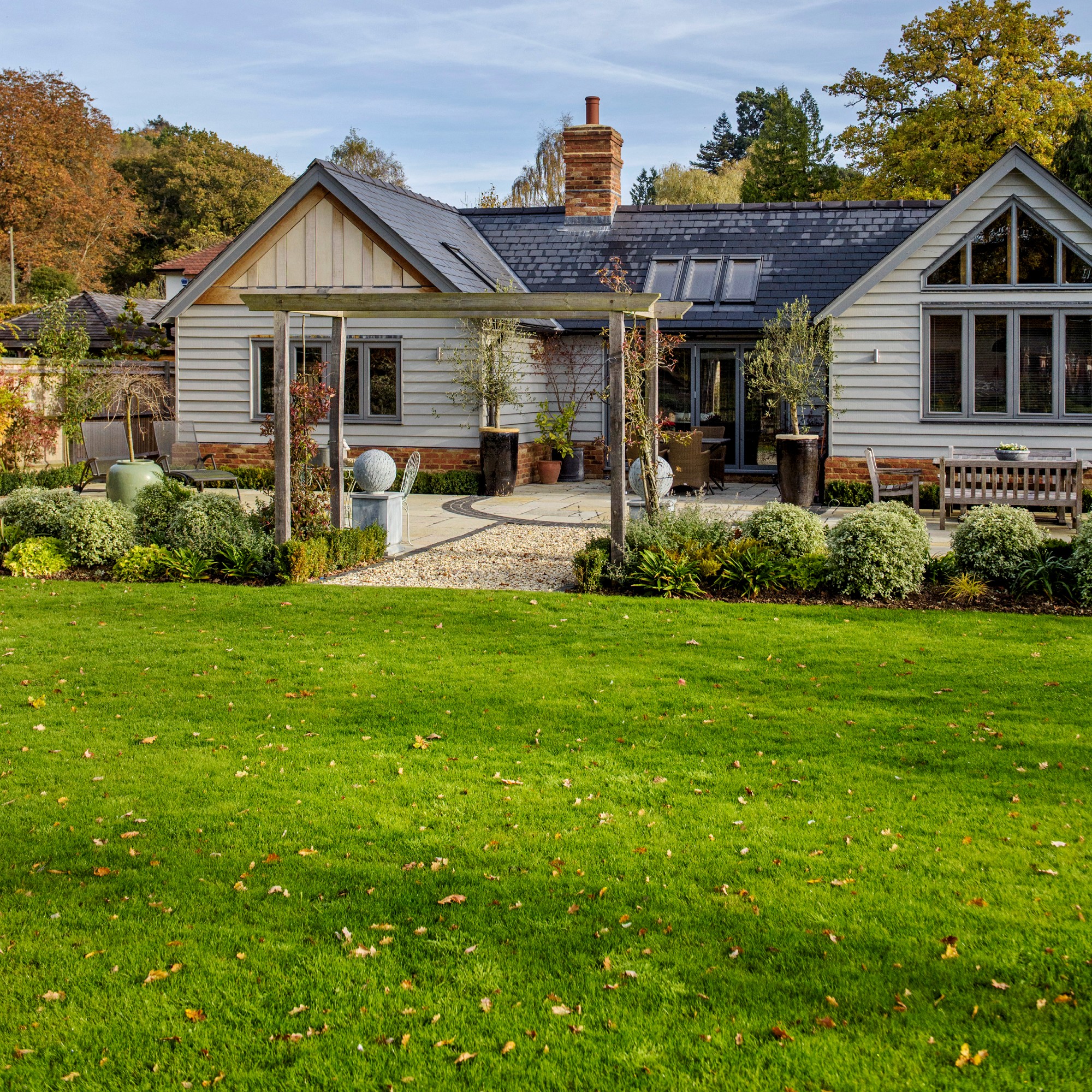
When not to scarify a lawn
So, that's when to scarify a lawn sorted. But what about the months you should avoid scarifying?
As we mentioned before, it's important to scarify your lawn as early in the autumn as you can. That's because, by November, the grass has entered its dormancy and won’t be able to heal before the cold weather arrives.
‘In the spring, you can perform scarification after the first mowing and when the soil has warmed up enough to promote grass recovery, which will allow the lawn to recover and fill in any bare areas during the growing season,’ Ionel says. ‘In the fall, which is after the summer stress and before winter dormancy, it's also an excellent time for scarification, because it helps remove thatch, aerate the soil and allows for overseeding if it's necessary.’
But even during the recommended seasons, scarifying shouldn’t be done on days with any extreme weather conditions. ‘If there is any extreme weather (too hot, too cold, too dry, too wet, too windy, etc.), then don't scarify your lawn on that day,’ Steve warns.
FAQs
What month should I scarify my lawn?
Early spring and early autumn are the best times to scarify a lawn. For spring, April is typically the best month, while in the autumn, lawn experts usually recommend scarifying your lawn in September. However, you can push the task into the following month as part of your early October lawn care regime if the weather is mild.
Should you cut grass before scarifying?
Lawn experts recommend mowing your lawn before scarifying to expose the thatch layer beneath. Just make sure you aren't cutting wet grass – and if you're wondering whether you can scarify a wet lawn, that's a no-go, too.
'To scarify your lawn, begin by mowing it to a low height,' says Julian Palphramand, head of plants at British Garden Centres. 'Then, use a scarifier (either electric or manual) or a garden rake to work through the lawn, removing the thatch.'
Should I rake or scarify first?
It's a good idea to rake your lawn before scarifying. 'Raking helps to remove surface debris, like leaves, making it easier to scarify the lawn effectively,' explains Cheryl Harper, managing director at Greensleeves Lawn Care. 'Scarification removes moss and thatch, improving airflow and promoting healthy grass growth.'
So, now you know when to scarify a lawn – don't leave it too late!

Sara Hesikova has been a Content Editor at Ideal Home since June 2024, starting at the title as a News Writer in July 2023. She is now also the Ideal Home Certified Expert in Training on Furniture, and so far has tested 80 different sofas.
Graduating from London College of Fashion with a bachelor’s degree in fashion journalism in 2016, she got her start in niche fashion and lifestyle magazines like Glass and Alvar as a writer and editor before making the leap into interiors, working with the likes of 91 Magazine and copywriting for luxury bed linen brand Yves Delorme among others.
- Sophie KingGardens Editor
-
 Will a conservatory add value to your home and how can you maximise it?
Will a conservatory add value to your home and how can you maximise it?This is what the pros say
By Amy Reeves
-
 I’ve been looking for a new signature scent for my home and The White Company's new fragrance is the exact summer holiday smell I needed
I’ve been looking for a new signature scent for my home and The White Company's new fragrance is the exact summer holiday smell I neededSantorini smells fresh, summery and sophisticated
By Kezia Reynolds
-
 How to remove algae from garden walls in five steps – and the cleaning product experts rave about for tackling it fast
How to remove algae from garden walls in five steps – and the cleaning product experts rave about for tackling it fastExperts share their top tips for getting garden walls algae-free
By Katie Sims
